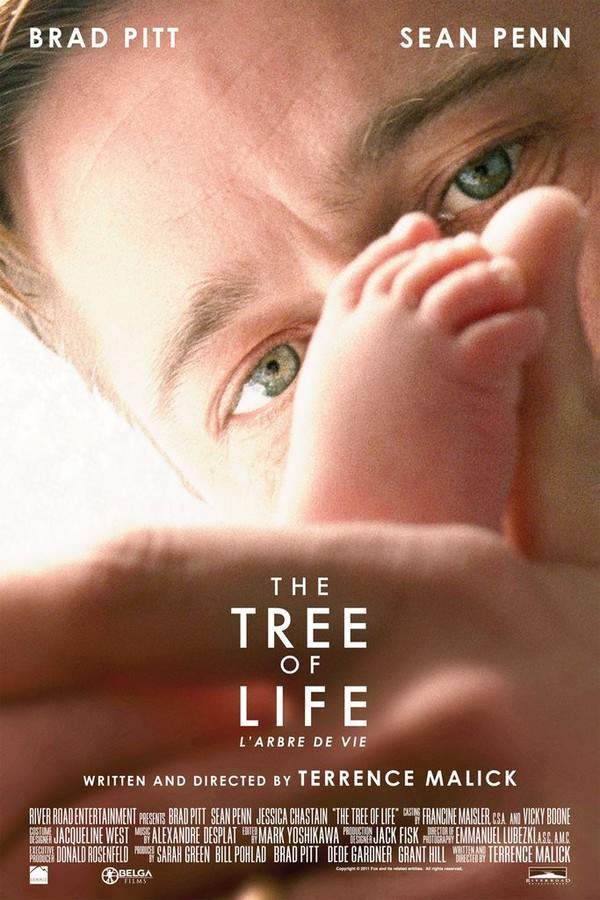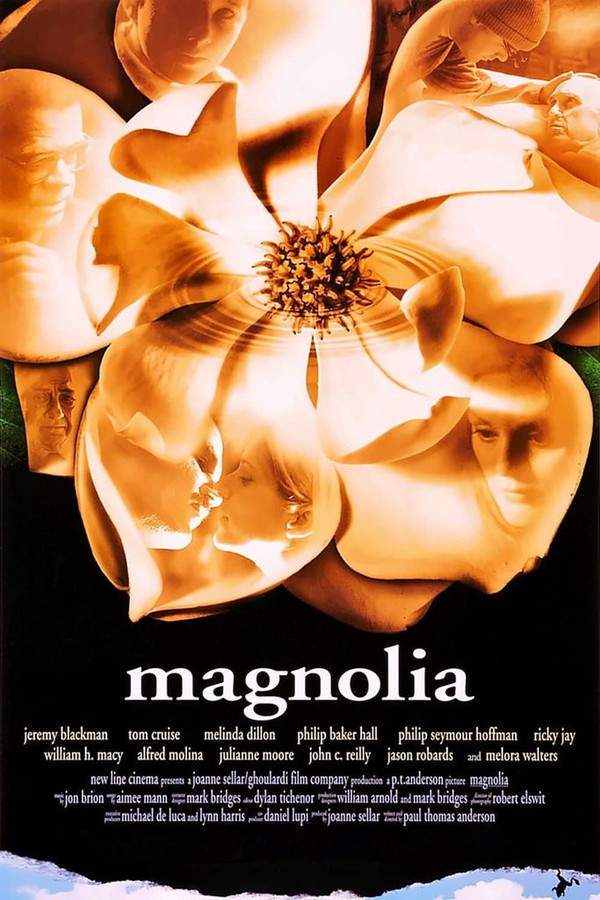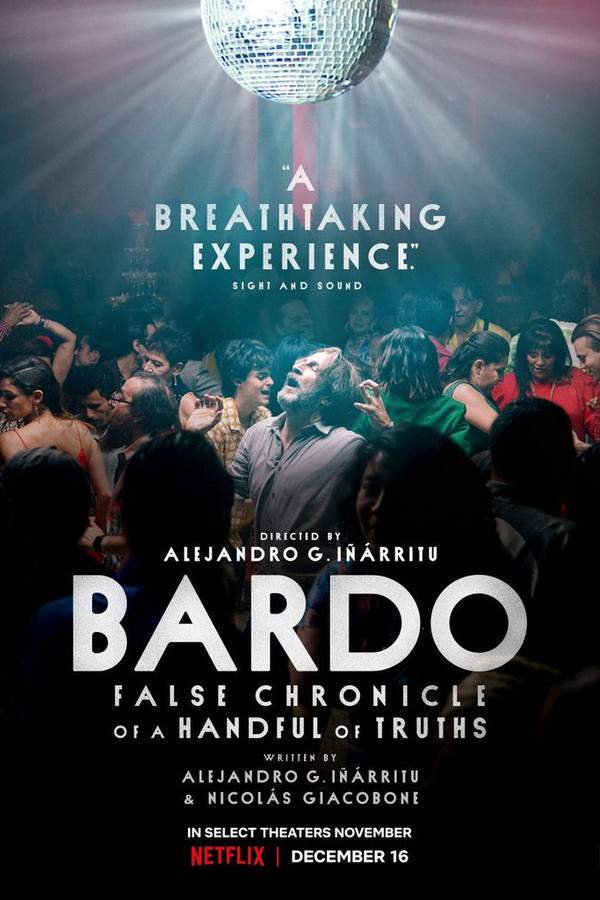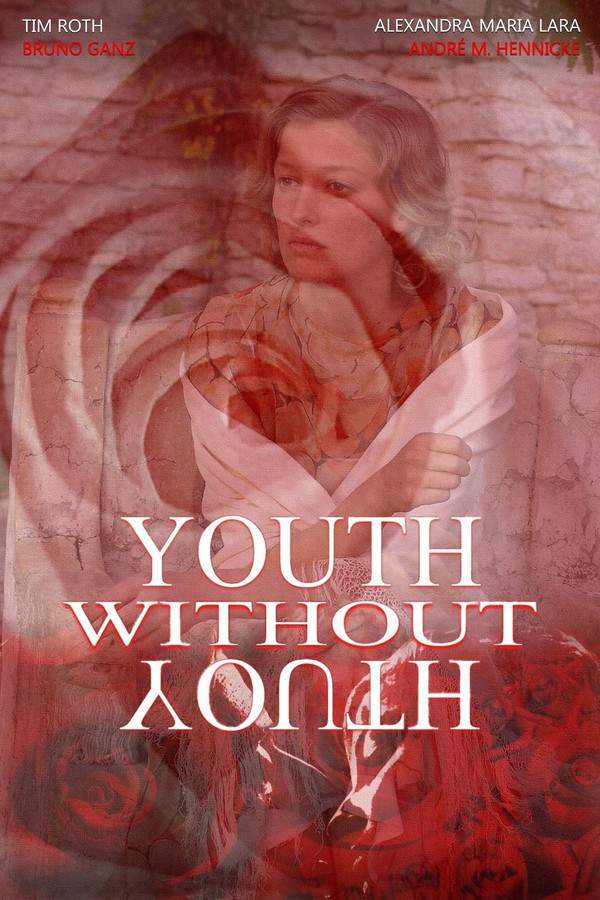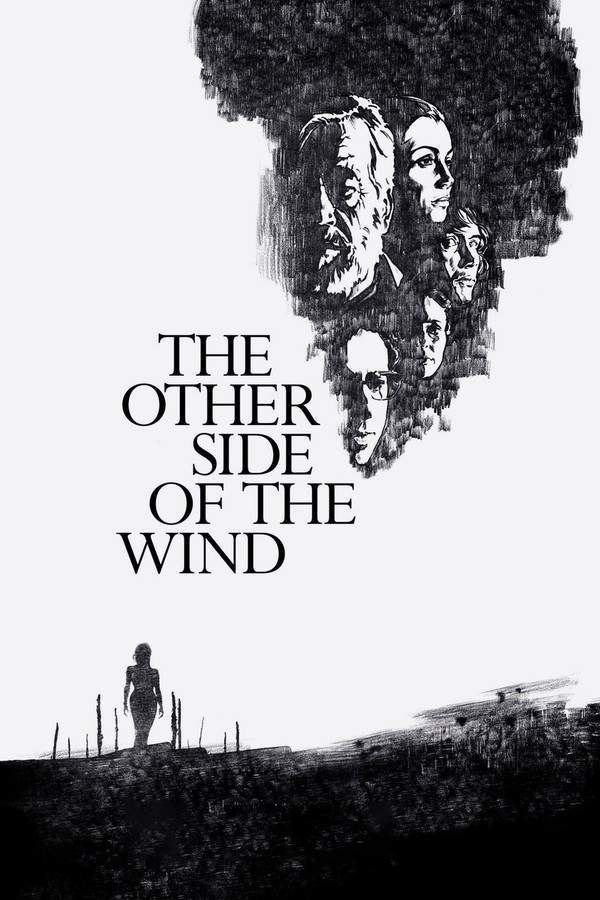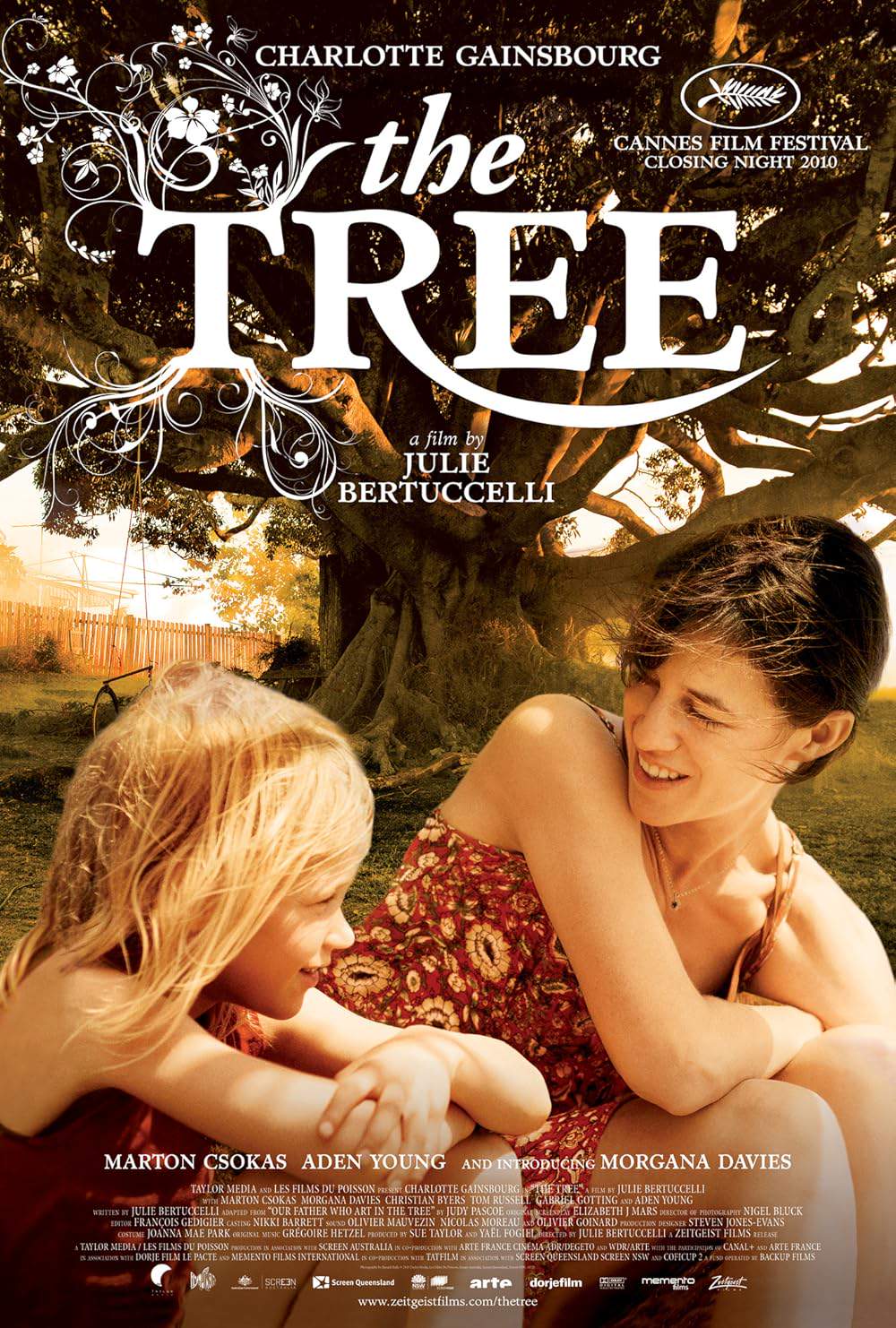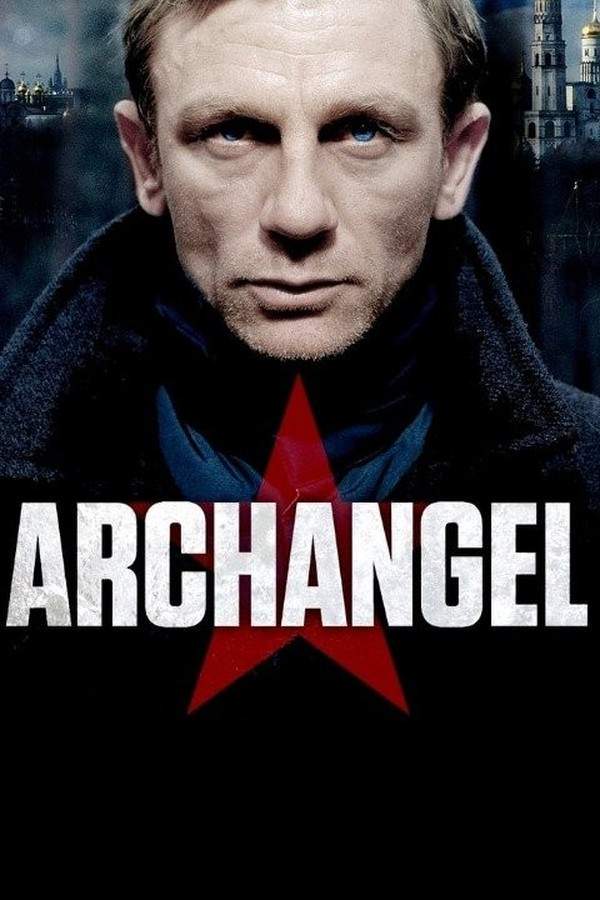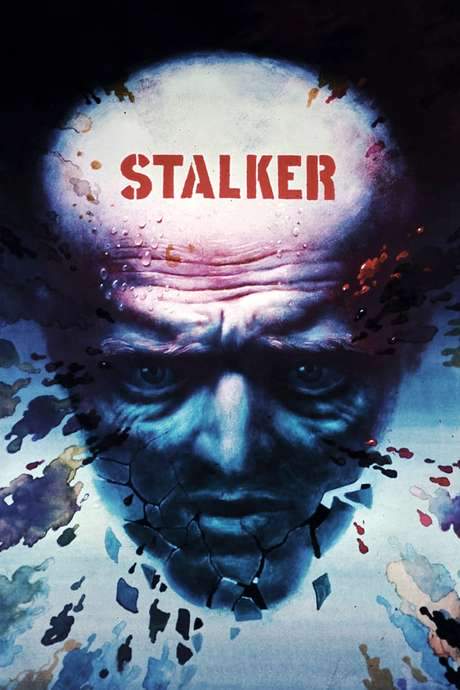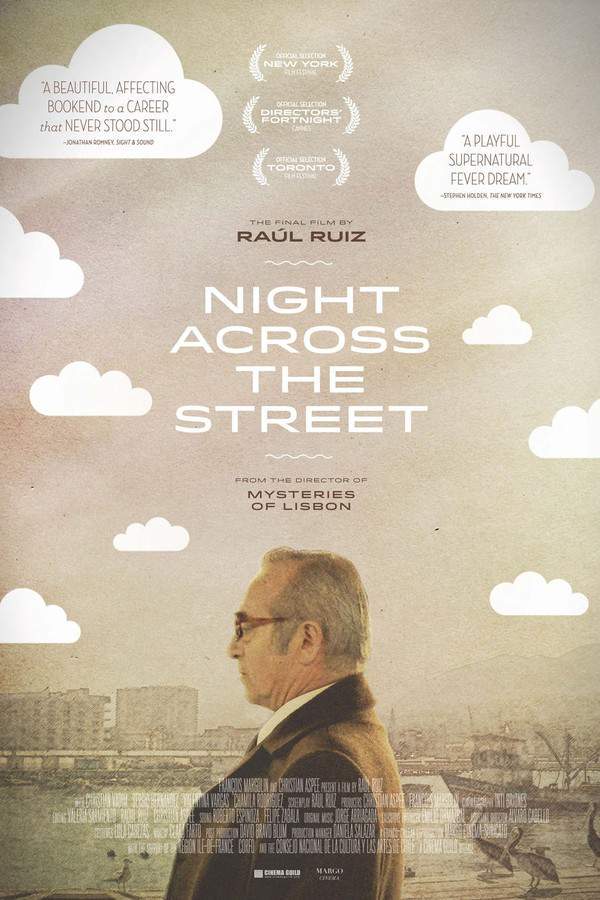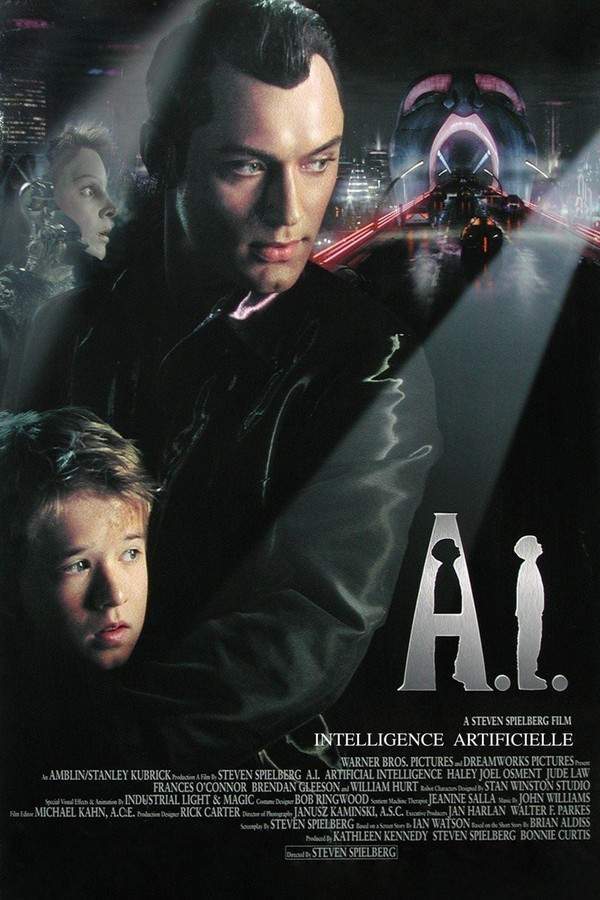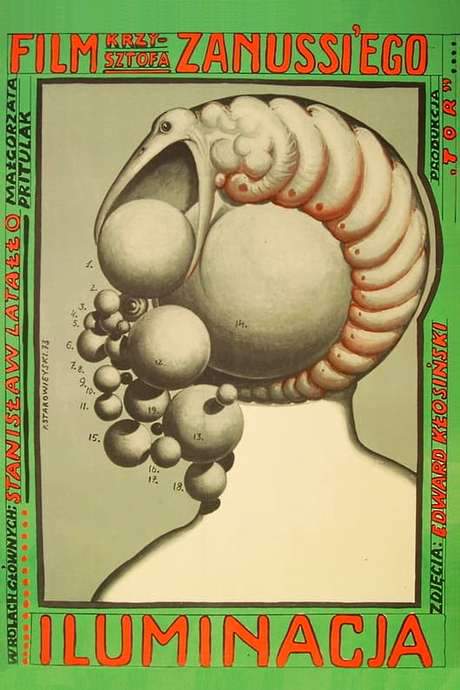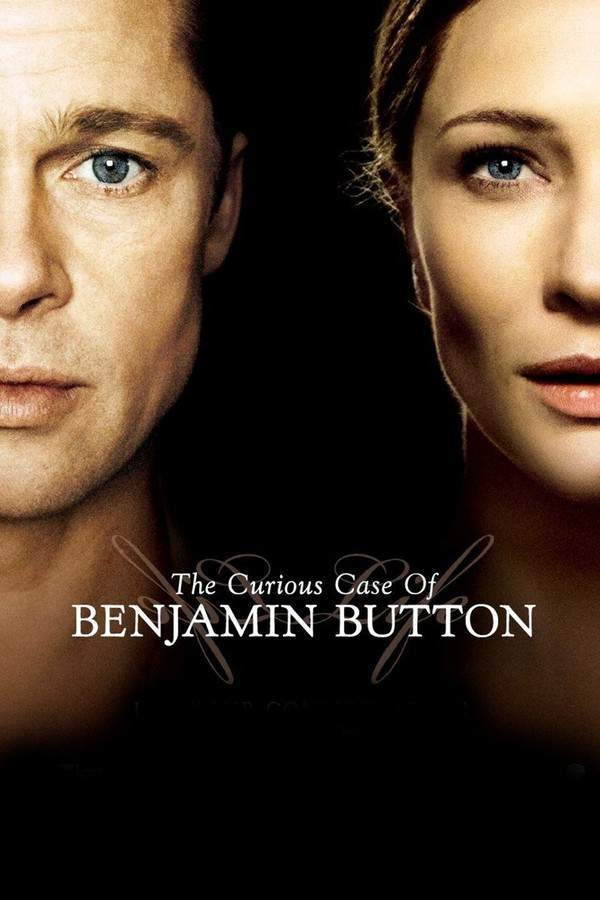
The Tragedy of Man
Year: 2011
Runtime: 166 mins
Language: Hungarian
Director: Marcell Jankovics
Jankovics’s adaptation of the eponymous play is divided into multiple parts, and depicts the creation and fall of Man throughout history.
Warning: spoilers below!
Haven’t seen The Tragedy of Man yet? This summary contains major spoilers. Bookmark the page, watch the movie, and come back for the full breakdown. If you're ready, scroll on and relive the story!
The Tragedy of Man (2011) – Full Plot Summary & Ending Explained
Read the complete plot breakdown of The Tragedy of Man (2011), including all key story events, major twists, and the ending explained in detail. Discover what really happened—and what it all means.
God creates the universe, setting in motion a vast cosmic order. Lucifer, the primal spirit of negation, jeers at God for humanity’s flaws and predicts a future where people will strive to become gods themselves. He claims to be as old as the divine, and he pushes for a share of the world, a claim that takes root in the symbols of the Tree of Knowledge and the Tree of Immortality.
Ádám and Éva are drawn into temptation when Lucifer tempts them to taste the forbidden fruit. After their disobedience, they are expelled from the Garden of Eden and abandoned by God. Adam resolves to draw strength from his own effort rather than remaining grateful to the divine. Lucifer offers him a glimpse of a self-made future, guiding him on a journey that spans from the Stone Age into the long arc of human history.
Their odyssey places them in a succession of ages and landscapes. In ancient Egypt, Adam emerges as Pharaoh Djoser in 2650 BC, where he falls in love with Eve, who appears as a slave woman. Adam initiates the abolition of slavery, while Lucifer, assuming the form of Anubis, argues that such progress is ultimately futile because history will prove him wrong. The story then carries them to ancient Greece, where democracy has given rise to corruption and treacherous political maneuvering; Adam appears as Miltiades in 489 BC and is condemned to death after the masses rally against him. Disillusioned, he moves to ancient Rome in 67 AD, where he and Lucifer indulge in the pleasures of gladiator games and other excesses. As civilization grows decadent and begins to crumble, they encounter Saint Peter and then Jesus, and they turn back toward God, who offers them a message of love and fraternity. Adam becomes Tancred, Prince of Galilee in 1096 AD, but he grows sickened by the petty savagery festering within a Church prone to schisms; Eve, meanwhile, is kept within a monastery.
The journey continues with Adam inhabiting the mind of Johannes Kepler in Prague, 1615, as he pursues eternal wisdom through the study of the natural world while his wife remains unfaithful. The path then leads to Paris, where Adam takes on the role of Georges Danton during the French Revolution in 1794. Eve appears as both an aristocrat facing the guillotine and as a prostitute reveling in the revolutionary terror. Danton is eventually brought before the National Convention and executed for conspiring with the aristocracy. Returning to Kepler’s frame of mind, Adam wakes from a dream and discerns that ideas endure longer and shape history more profoundly than any single man. The pair visit Victorian London in 1897 as unnamed Englishmen, a city Adam initially finds impressive, but Lucifer sees as spiritually decayed, reduced to a culture of commodity. Adam attempts to woo Eve and succeeds after World War I, aided by jewels and a Gypsy fortune-teller. Amid the social unrest of the 20th century, Adam longs for a society governed by scientific principles for the common good.
Lucifer whisks Adam into a future world-state that aims for egalitarianism in the center of the 21st century. At first, the forecast seems hopeful, but Adam soon regrets the erasure of nations, fearing that people lose touch with their past and their identities. In this era, creatures and plants deemed unnecessary are eradicated, while those deemed useful are genetically engineered. Adam challenges the materialist worldview and is arrested for criminal thinking. Eve appears as a mother punished for resisting the state’s attempt to educate her child. The two continue their journey even further into space, into a dehumanized future, where Adam experiences unsettling moments before the spirit of Earth nudges him to return. He proclaims that his spirit can outlive the body, yet, facing annihilation, he chooses to recommit to earthly struggle, vowing to keep living and learning on this world.
In a distant ice age, the last survivors of humanity fade away, and the few who remain are deformed savages. Lucifer argues that they are not fundamentally different from earlier humans. When Adam awakens again, he finds himself in his cave, around 50,000 BC. He stands with Lucifer on a cliff, debating the existence of free will while Lucifer reminds him of human ambition’s futility. Adam contemplates the possibility of ending his life, but Eve finds him and reveals that she is pregnant. God speaks through the moment, urging Adam to hold fast to faith. With renewed resolve, Ádám chooses to follow God’s word and embraces struggle as an intrinsic purpose of existence. The journey, in all its vastness and peril, circles back to the enduring human duty to strive. The final vow is not triumph over fate, but steadfast endurance in the face of mortality and mystery. The story closes with a quiet but resolute sense that meaning resides in the ongoing effort to live a good life within the bounds of human limitation and possibility, here and now.
In the midst of this sweeping arc, the world’s voices—through the performances of the Earth spirit and the Lord—continue to echo the film’s meditation on free will, responsibility, and the stubborn hope that love and unity can endure through the ages.
Last Updated: October 09, 2025 at 16:04
Explore Movie Threads
Discover curated groups of movies connected by mood, themes, and story style. Browse collections built around emotion, atmosphere, and narrative focus to easily find films that match what you feel like watching right now.
Existential Epics Through Time like The Tragedy of Man
Vast philosophical voyages that trace the rise and fall of civilizations across millennia.If you liked the grand, historical scope and deep philosophical inquiries of 'The Tragedy of Man', explore other movies like it. This thread features similar epic narratives that journey through time, examining human nature and societal decay with a heavy, meditative tone.
Narrative Summary
Narratives in this thread are often structured as journeys through distinct historical or future epochs, using each setting to explore a different facet of a central philosophical theme. The protagonist typically serves as an observer or participant in humanity's cyclical struggles with ambition, power, and meaning, leading to a reflective and often somber conclusion about the human condition.
Why These Movies?
Movies are grouped here because they share a monumental scale, a deeply philosophical core, and a narrative structure that spans vast periods. They create a heavy, introspective mood by confronting viewers with the broad patterns and potential futility of human endeavor throughout history.
Bittersweet Meditations on Humanity like The Tragedy of Man
Animated dramas that use visual artistry to ponder humanity's deepest struggles with a heavy heart.For viewers seeking animated movies like 'The Tragedy of Man' that explore deep philosophical questions. These films share a heavy emotional weight, complex narrative structures, and a bittersweet or melancholic tone, using animation to visualize abstract concepts and spiritual struggles.
Narrative Summary
Stories in this thread often follow a character's introspective journey through symbolic or fantastical landscapes that represent internal or cosmic conflicts. The narrative is driven by dialogue and ideas rather than pure action, culminating in an ending that acknowledges struggle and despair but often retains a glimmer of hope or acceptance, resulting in a complex bittersweet feeling.
Why These Movies?
These films are grouped together because they leverage the expressive power of animation to explore adult themes of existence, morality, and spiritual crisis. They share a high intensity, a melancholic tone, and a commitment to delivering a profound, thought-provoking, and emotionally heavy viewing experience distinct from mainstream animation.
Unlock the Full Story of The Tragedy of Man
Don't stop at just watching — explore The Tragedy of Man in full detail. From the complete plot summary and scene-by-scene timeline to character breakdowns, thematic analysis, and a deep dive into the ending — every page helps you truly understand what The Tragedy of Man is all about. Plus, discover what's next after the movie.
The Tragedy of Man Timeline
Track the full timeline of The Tragedy of Man with every major event arranged chronologically. Perfect for decoding non-linear storytelling, flashbacks, or parallel narratives with a clear scene-by-scene breakdown.

Characters, Settings & Themes in The Tragedy of Man
Discover the characters, locations, and core themes that shape The Tragedy of Man. Get insights into symbolic elements, setting significance, and deeper narrative meaning — ideal for thematic analysis and movie breakdowns.

The Tragedy of Man Spoiler-Free Summary
Get a quick, spoiler-free overview of The Tragedy of Man that covers the main plot points and key details without revealing any major twists or spoilers. Perfect for those who want to know what to expect before diving in.

More About The Tragedy of Man
Visit What's After the Movie to explore more about The Tragedy of Man: box office results, cast and crew info, production details, post-credit scenes, and external links — all in one place for movie fans and researchers.



